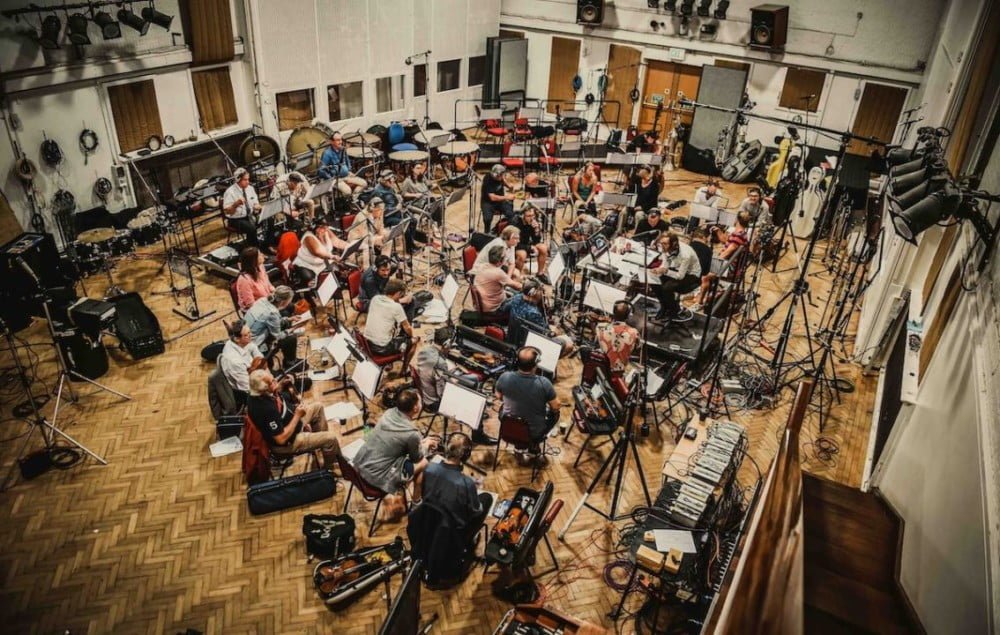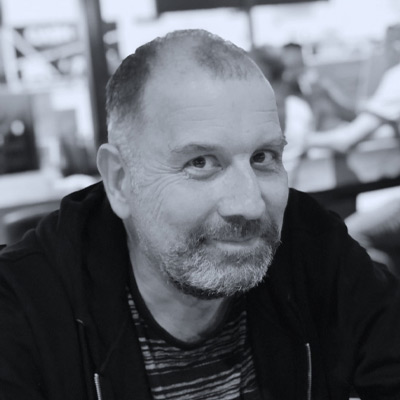Andy Wright started his career as a synth and drum machine programmer in the 80s, and is now both Simply Red and Simple Minds’ regular producer. There was simply only one person, then, to helm the recent 80s Symphonic project, where 15 iconic tracks from the decade were rearranged with an orchestral backing…
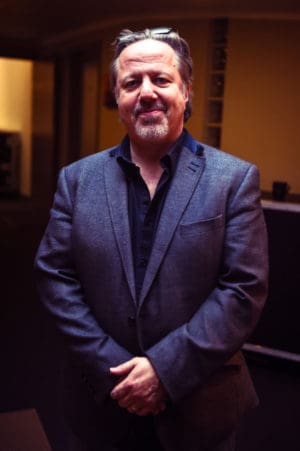
Credit Danny Clifford
As luck would have it, Andy Wright found himself with quite a collection of studio technology back in the 80s, and so knowledgeable did he get with it, he ended up programming the synths and drum machines of the era, so the stars he worked for didn’t have to. Now, though, he’s become something of an über record producer, so in demand that he’s working with a wealth of artists, both old and new.
However, many of his current projects still echo with the sounds of that classic decade – particularly as he has long-term working relationships with both Simply Red and Simple Minds – so when a project was mooted to take some of the best songs from the 80s and rework them into new orchestral pieces, Wright was the only man for the top job. 80s Symphonic is the result, a collection of tracks by everyone from A-ha to Ultravox, Bowie to Bronski Beat, and a spectacular album of orchestral rearrangements, all recorded at Abbey Road.
The project was no small task; Wright had to revisit every track’s original masters and, in doing so, sieve through all the original multi-tracks in isolation. It was likely the first time they had been played in years and many included material that most of us can only dream of hearing – that three-octave vocal from Take On Me, for a start. Andy would then have to decide which parts to leave in, and which would be reworked into glorious classical tones by a full orchestra.
The Wright Equipment
Before we get too far into this symphonic adventure, let’s step back to the decade that spawned the project in the first place. Andy was right in the thick of it during the 80s, working with many a diverse artist and helping to program their sounds and synths – but all of this was after his own attempts at fame and fortune.
“I had a band back then, and then you get bitten by the bug, don’t you,” he laughs, looking back at his first musical outing, an act he describes as ‘a New Romantic version of U2’. “My bass player’s granny died, left him some money and he bought me some equipment, so I ended up with a DX7 synth, a sequencer and some other keyboards, all purchased from my lovely bass player’s inheritance.”
Having the gear would give him a fall-back career path should the band fail, which was lucky, as fail it did, after his lead singer was poached by another group. Andy picked himself up, bagged himself a driving job for a gear rental company, and found himself delivering studio equipment to various recording sessions. Thanks to his expertise with that gear – earned using his windfall synth collection – he found himself armed with more technical knowledge than most of the people in the studios he delivered to.
“I slowly put myself in on these sessions wherever possible,” he recalls. “A lot of the kids working in studios in those days wanted to make music and were doing moonlight sessions, so I’d drop the kit off and come back later and carry on working with them. I slowly saw the route through to being a producer, so I followed that. Also, my gear knowledge served me well because, at that time, being a producer really favoured keyboard players who could do arrangements with their synths and who could program drum machines, and I could do all of that.”
A Breakfast Club Of Producers
Eventually, Andy found himself working at Trident Studios – a hotbed of future talent – as he was surrounded by producers and engineers who would go on to become huge names throughout the 90s and beyond.
“It was a really significant time when a bunch of people who were really good were together,” Wright says. “There was Alan Moulder, Flood, Steve Osbourne and Adrian Bushby, who was like 15 and on work experience, and has now engineered Muse. Al Clay was also there and he went off to America to work on several Hans Zimmer productions. It was definitely a breeding ground for the young producers, and everyone still knows each other now and has ended up being pretty successful. Alan and I get together all the time; when I got married he was my best man and Mark ‘Spike’ Stent was my flatmate – we bought our first flat together in London.”
The result of this initial meeting of future production minds was that Andy ended up programming with some huge names in music.
While working on an all-night session recording some bass sounds, Andy became Spike Stent’s long-term programmer which then led to him working on the KLF tracks Justified & Ancient and America: What Time Is Love?. However, Andy’s next album project would turn out to be even bigger, and one of the best albums released in the 90s…
“I was in and around the studio and the people that Mark knew, knew about me,” he says.
“With Massive Attack and the album Protection, Nellee Hooper was the producer and Marius de Vries was the programmer – probably more than that, but I think that was his official role. Marius then got asked to produce Annie Lennox, so went off to do that, and Nellee needed someone to carry on with the work, so I spent two or three months doing Massive Attack sessions. I worked a lot on that, including the songs Better Things, Three and Sly.”
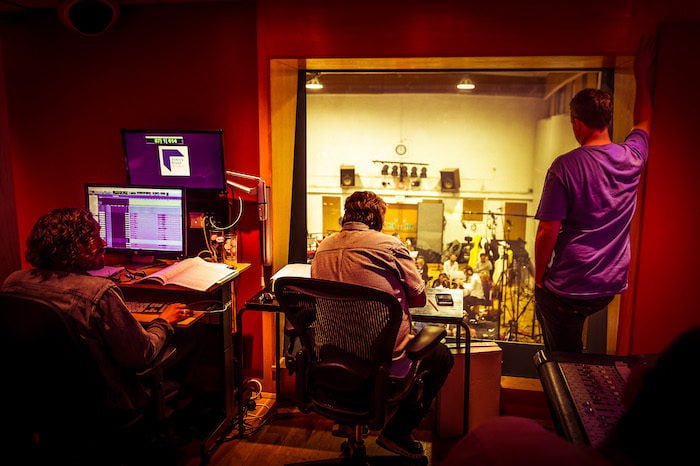
Credit Danny Clifford
Making A Step Up
During all this time, Andy had already set his sights on the full producer role and was picking up experience doing just that on smaller projects. His next major partnership would eventually allow him to move into the role full time, with some fascinating programming gigs along the way. “I was operating the new technology and could play instruments, so I got called in on all sorts of sessions,” Andy says.
“Through that, Dave Stewart became aware of me. He actually called me three times to work with him but I couldn’t do it as I was already booked on other sessions! I ended up missing out working with him on a Paul McCartney record which was a real regret of mine. However, I eventually I saw him at a party and said, ‘Dave you must think I don’t want to work with you but I really do!’ He said, ‘Well I’ve got these two new girls called Alisha’s Attic who I want to make a record with – do you want to work on it with me?’ So I worked on the album Alisha Rules The World with Dave, and we went to the south of France and just got on. From that point on we did Imogen Heap, a Jon Bon Jovi album, Wilson Phillips, Sinéad O’Connor and more. I was the programmer/arranger and then co-produced Dave’s solo album with him. Eventually I didn’t want to just say ‘yes’ to being a programmer, as by then I was already producing Simply Red. Then I just dovetailed into production by doing everything that was coming at me.”
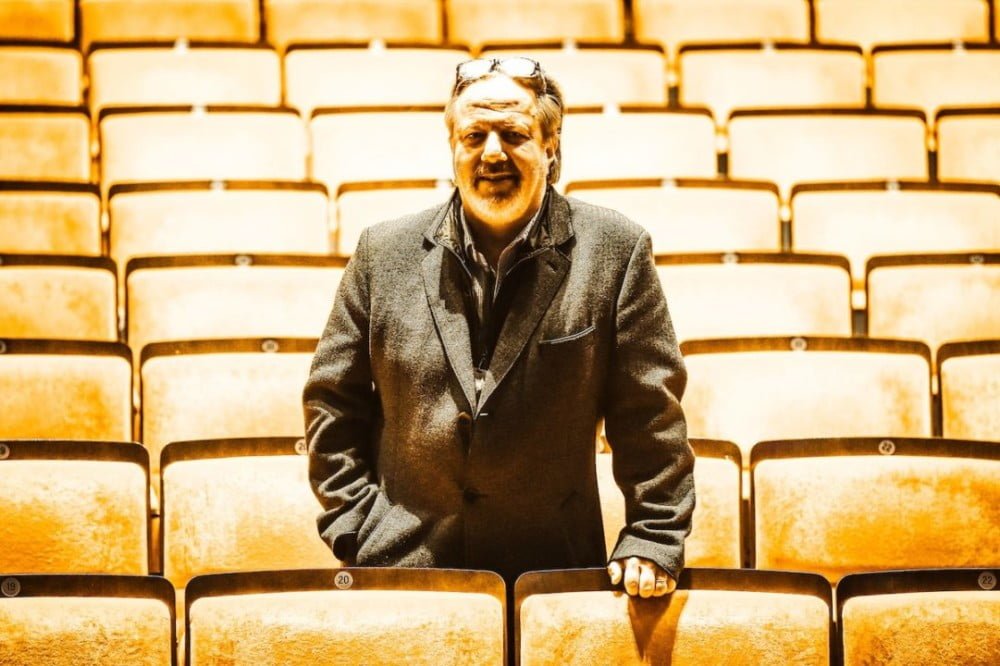
The Simply Red production role would turn out to be one of Andy’s most enduring partnerships – some 25 years and counting. Most producers will tell you that the job is as varied as it is indescribable, but one trait you always need is simply the ability to get on with an artist, which has held Andy in good stead over all of his projects.

“It’s been an evolving relationship,” Andy continues. “We have such a lot of history together. When I think about it, in 1994 I was 32 and he was 34 so we were both quite young and now I‘m 56 and he’s 59 and we’re both grown up! When I met him I just had one son who was a year old, and now he’s 25 so a lot has happened, you know? During that time it’s all evolved as each recordhas been very different. Mick has always been aspirational and hands-on and has a big collection and a huge knowledge of music. But he doesn’t have so much technical knowledge and is very impatient, so those two factors are where you need somebody like me, as I know how to put together a session.
“Some of the records have been where we’ve created the arrangements from scratch or sometimes, even by his own admission, he might have been less interested, so has written a few songs and given them to me, and I’ll then turn up with a version. So the role can be as extreme as being the composer of the music to being in the room with him and helping him do his thing. On the plus side he sings really, really well, as we all know! We’re working on new Simply Red material at the moment, as a matter of fact.”

“They were a huge inspiration to me as a young musician in a band,” Andy reveals. “The first track I heard was Promised You A Miracle on Top Of The Pops and I remember thinking, ‘That’s a great guitar solo in there, I love that,’ so New Gold Dream became a favourite album.
“I started working with them because Ian Grenfell, who manages Simply Red, Pretenders and a few others, is a very good friend of mine, and we obviously have a great long-term working relationship with Simply Red. He was also representing Martha Wainwright, and at one time an idea for a charity duet came about for Oxfam using Promised You A Miracle. It was to be sung by Martha and Jim Kerr and I was approached to produce it and, of course, said, ‘Yes I’ll do that!’ Jim and I got on pretty famously from the first moment, and three days later I got a call saying: ‘Jim would like to do some Simple Minds tracks with you.’ We did four songs in 2010, and eventually they came back to them and decided they wanted to do an album, and I’ve now done everything since.”
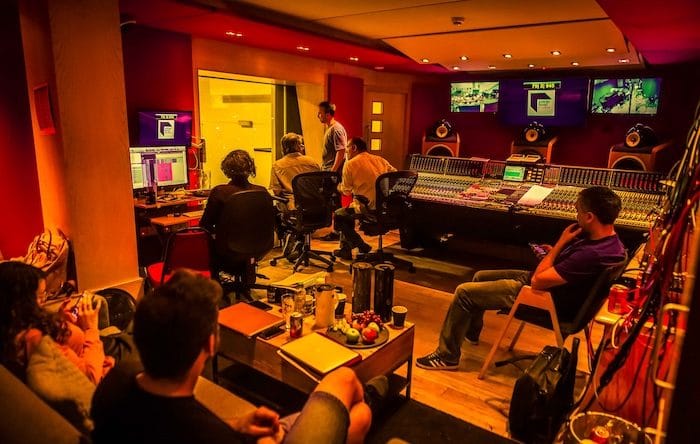
And so we arrive to the here and now – via some of the biggest names in 80s pop – and Andy’s most recent big project: that set of classical restylings that make up 80s Symphonic. Now we know his background, it’s obvious that he was the first choice to produce it.
“I guess people now know I have a good resumé and that I’m a safe pair of hands,” he says, not immodestly. “There is also an interest with orchestral versions – there was a Roy Orbison one, Elvis and Pete Tong – so it’s been happening for a while. I met Dan Chalmers at Warner who was looking at better ways of making use of their back catalogue, and this project was an idea they had.
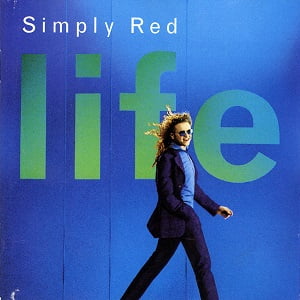
“Also, I’m pretty experienced at doing those types of orchestral sessions,” Andy adds. “I have a great system: Gavin Goldberg engineers it, I produce it and Sam Swallow is the arranger. I turn up and know how to run those sessions quite precisely at Abbey Road with those orchestras.
“Without that knowledge and experience, you could easily double the budget – it’s easy to go overtime and then suddenly the orchestra players need to be paid double.
“The tracks had to be on Warner Bros and ideally they had to be the biggest hits by the biggest acts,” Andy adds, explaining how the hit-laden 80s Symphonic tracklist was put together by the company. “It was a total delight getting the original masters. I was a teenager when the 1980s started and it all had to fit into that decade – we couldn’t allow one from 1979 or 1991 to go in there – so I know all that music and even took part in some of it. So getting the multi-tracks for Take On Me, for example, you listen to the parts and what made that all work – the drum beat, the DX7 bassline, the synth pad – it was all stuff I was dealing with back in 1984!
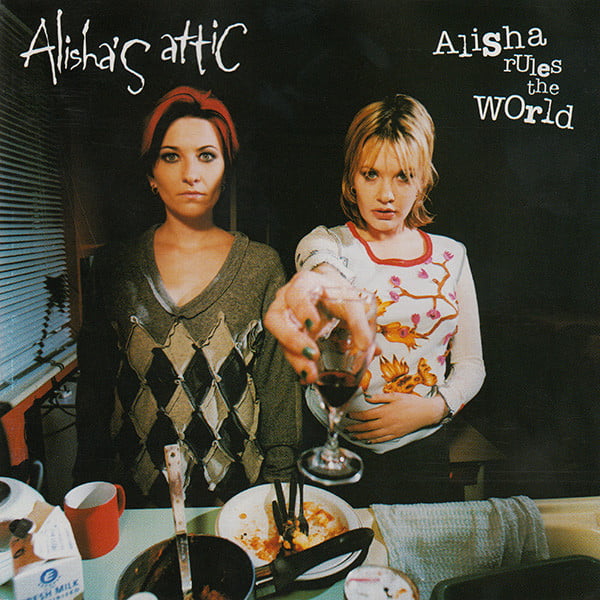
Andy is currently working on two big albums for both Simple Minds and Simply Red and also completing some projects with newer acts. “I’ve just finished an album with a new pop noir/jazz artist called Purdy. It’s fantastic, I’ve been writing it with her and it’s been a year in the making. There’s another artist called Harry Lloyd and another guy called Goran who is an incredible prospect. Those kinds of things are really exciting, the new things.”
Andy Jones
*this article contains affiliate links
Classic Pop may earn commission from the links on this page, but we only feature products we think you will enjoy.

